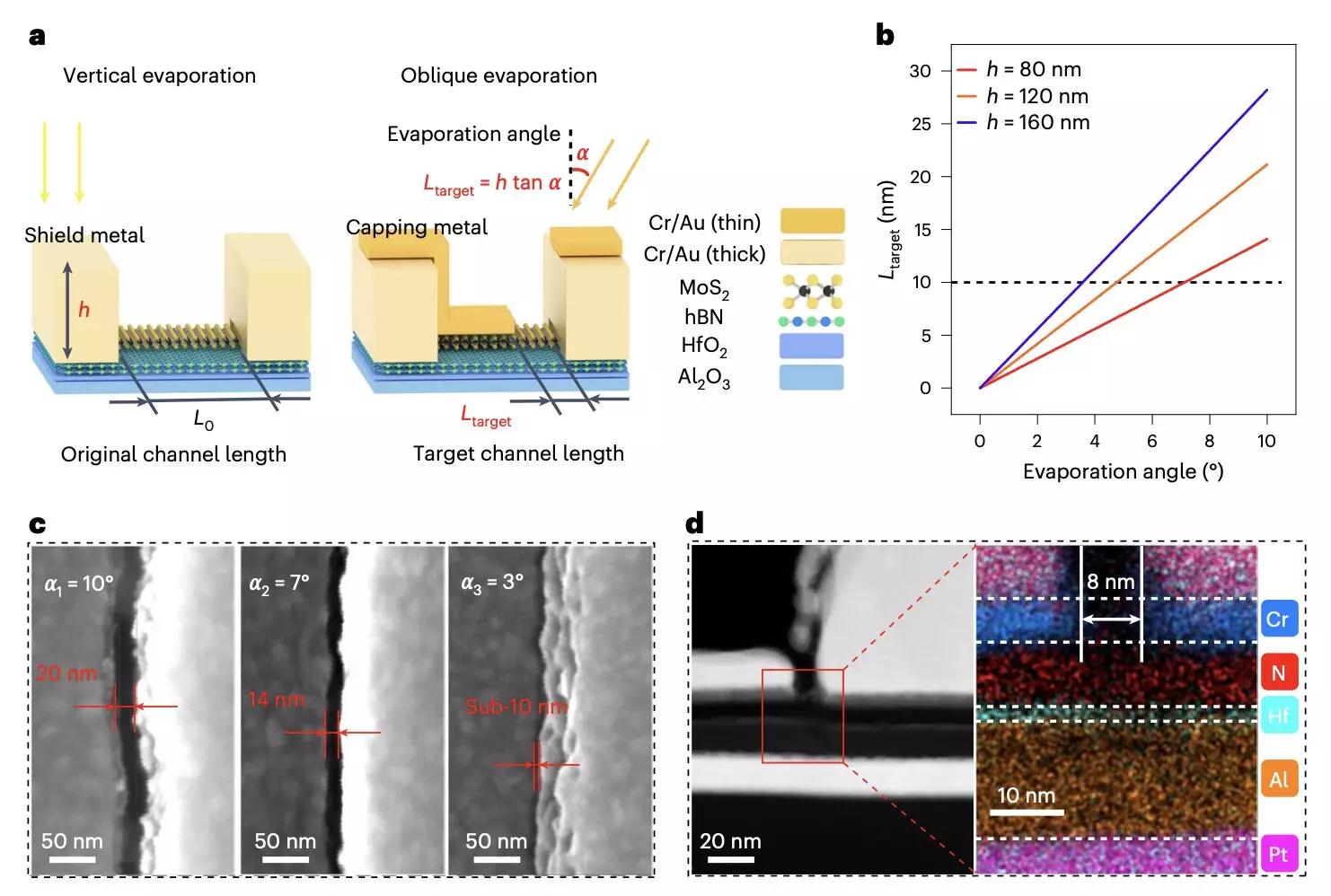The rapid evolution of artificial intelligence (AI) technologies has ushered in an era that demands unprecedented amounts of data processing capabilities. As AI algorithms become increasingly sophisticated, traditional data storage solutions are struggling to keep pace with the requirements for speed and efficiency. The search for innovative memory devices has led researchers and engineers to explore high-bandwidth memories that can facilitate faster data transfer while also minimizing energy consumption. Consequently, advancements in the field of memory technology are critical to enhancing AI performance, and recent developments in ultrafast 2D flash memory are at the forefront of this transformation.
Currently reigning supreme in the realm of non-volatile memory are flash memories, known for their ability to retain data without a power source. However, a significant drawback lies in their processing speed, which often becomes a bottleneck in AI operations. Existing flash memories typically fall short when tasked with supporting complex computations or large-scale data analysis, leading to a demand for devices that can deliver higher bandwidth and lower latency.
Engineers and researchers have recognized the urgency of this situation and have begun experimenting with ultrafast flash memory solutions. The focus has shifted to incorporating two-dimensional (2D) materials, which exhibit remarkable electrical properties and potential for high-speed data processing. Despite promising results from early prototypes, the scalability of such devices has posed a significant challenge, hindering widespread adoption in advanced computing systems.
Researchers at Fudan University have made noteworthy strides in addressing the scalability issues surrounding ultrafast 2D flash memory integration. By devising a new integration method, they have successfully fabricated an array of 1,024 flash-memory devices with an impressive yield exceeding 98%. Their research, published in the esteemed journal Nature Electronics, outlines this breakthrough in enhancing the performance of AI-centric applications.
The team, comprised of Yongbo Jiang, Chunsen Liu, and their colleagues, has harnessed several advanced fabrication techniques to construct their memory devices. Techniques such as lithography, e-beam evaporation, thermal atomic layer deposition, and polystyrene-assisted transfer were key contributors to their success. This multifaceted approach enabled the development of memory stacks with two different tunneling barrier configurations, leading to sustained high yields that further validate the potential of 2D materials in memory technology.
Although the technical success of the research lies in the two-dimensional memory arrays, the practical implications are even more remarkable. The ability to scale the channel length of these ultrafast flash memories down to sub-10 nm marks a significant departure from traditional silicon-based memory limits. This feature not only enhances the performance of the devices but also offers non-volatile storage capabilities for up to four bits of information. With a robust endurance exceeding 105 cycles, these memory devices are positioned to revolutionize data storage in AI applications.
Initial tests affirm the researchers’ findings, indicating that the ultrafast speeds are not compromised, even at reduced channel lengths. As such, the innovative integration process proposed by the research team could very well be a stepping stone leading to the widespread use of high-performing flash memory across various sectors, including cloud computing, smart devices, and AI systems.
The promising results from Fudan University’s research open the door to a multitude of possibilities in memory technology. Future studies utilizing this integration process could lead to the fabrication of flash memory arrays based on a broader range of 2D materials. There is a vast landscape of potential configurations waiting to be explored, each capable of pushing the boundaries of speed and efficiency in data storage.
As the world leans more heavily on AI-driven technologies, the demand for robust, high-speed memory solutions will only grow. The intersection of ultrafast 2D flash memory with AI development promises not just enhanced performance, but also the capacity to create smarter and more responsive systems that can handle the complexities of modern computing tasks. The path forward is clear: as research community continues to innovate and refine these technologies, we stand on the brink of a new epoch in data storage solutions that will define the future of AI.


Leave a Reply